Weekly Dose of Optimism #165
Dan's Last Dose, Peace, Nobel, Brain Model, Figure 03, Base Power Company, David Lynch
Hi friends 👋,
A quick note from me, Dan. Last week was my last week writing the Weekly Dose of Optimism.
I often think about what my answer would be to Patrick O’Shaughnessy’s traditional closing question in his podcast, “What is the kindest thing anybody’s ever done for you?” I’ve been lucky enough in my life to have a few really solid answers to the question. But if I had to pick one, especially knowing O’Shag’s audience, I’d say: Back in 2022, I was in a weird, low point in my career. The startup I had worked on was starting to flatline and I didn’t really know what I wanted to do next but I knew I had to do something new. Also back in 2022, my older brother Packy was on an all-time career heater having gone from virtually unknown in 2020 to a quasi public intellectual internet celebrity. I was at a low point and Packy was at a high point. And he offered to hire me. There was no JD and frankly no real business need. It was, admittedly, an open and shut case of brotherly love nepotism. The only job outline was “come learn as much as you can, and then go start something.”
About six months into working with Packy two major things happened:
I started writing the Weekly Dose of Optimism each week.
I started a company called Create.
For the next three years, I took on both duties. The Weekly Dose was my way to make a bit of extra money, stay connected with my brother, and basically provide some commentary on the content I was already consuming. At the same time, Create really started to take off: we raised a bunch of money, built a team of 15+ based in NYC, are nationally distributed at major retailers like Target, and (between us friends) are profitably runrating ~$85M and growing quickly. And I had a ton of fun juggling both.
In recent months, I’ve had a bit less fun with the juggling act. I felt like I couldn’t give my full attention to the Weekly Dose and I also felt like the 3-4 hours each week I dedicated to writing were 3-4 hours I could have spent building my business and supporting my team. In short, it makes the most sense for me right now to dedicate 100% of my time to Create.
We started writing the Weekly Dose at a decidedly pessimistic time. Summer 2022. Markets were crashing, Wars were raging. And technology seemed a bit stagnant. We knew that it was a great buying opportunity for optimism. Be greedy when others are fearful. And we also knew that timing the markets on optimism didn’t really matter, because over the long term our optimism thesis would play out anyway. Throughout history, it always has.
Today, we’re as optimistic about the future as we ever have been. And thankfully, I think a lot of other folks are as well. Or at least more than they were back in 2022. It’s just such an amazing moment in time for a lot of things we care about.
I am leaving you in very capable hands with Packy. My guy is pretty good at the newsletter thing. And I apologize in advance for what I assume will be considerably longer Weekly Doses.
Now, let’s get to it.
Today’s Weekly Dose is brought to you by… Stripe Startups
Every venture-backed company — yes, you — should work with Stripe Startups.
Stripe’s mission is to increase the GDP of the internet, and it’s working. Last year, 1.3% of global GDP flowed through Stripe, over $1.4 trillion and growing. 78% of the Forbes AI 50 use Stripe’s financial infrastructure to monetize faster, experiment with pricing, and grow revenue.
As I wrote in my original Deep Dive, Stripe’s strategy from the earliest days has been to make it as easy as possible for startups to begin accepting payments, and then grow with them as they get really big. Little companies become big companies become public companies.
With Stripe Startups, they’re making it even easier.
Stripe Startups is the company’s new program designed to support early-stage, venture-backed businesses as they build, iterate, and scale. Founders enrolled in Stripe Startups get access to credits to offset Stripe fees, expert insights, and a focused community of other founders building on Stripe.
You’re going to use Stripe anyway. Get the white-glove experience.
(1) Israel and Hamas Agree to Ceasefire
Live Updates from The New York Times
There may be peace in the Middle East.
We don’t do a lot of politics here in the Dose, but just watch that video. It’s incredible to see the joy on both sides after two tragic years.
Almost two years to the day after the brutal Hamas attacks on Israel, the two sides have agreed to a US-mediated peace deal. The deal is based on President Trump’s 20-point peace plan, unveiled in late September, which calls for:
An immediate ceasefire.
Release of all remaining ~48 Israeli hostages held by Hamas (of which ~20 are believed alive) in exchange for ~2,000 Palestinian prisoners.
Gradual Israeli troop withdrawal from ~70% of Gaza.
Hamas disarmament and surrender of power.
International governance of Gaza (potentially involving figures like former UK Prime Minister Tony Blair).
Reconstruction aid, including controversial elements like an “Elon Musk Smart Manufacturing Zone” for economic development.
Steve Witkoff and Jared Kushner, the plan’s architects, traveled to Egypt on Wednesday to take part in the negotiations between Israel and Hamas, and less than 24 hours later, a peace deal was struck. The hostages are expected to be released Monday or Tuesday, and Hamas’ chief negotiator, Khalil al-Hayya, said mediators and the United States had provided guarantees that the agreement means “the war is completely over.”
Last night, the Israeli cabinet approved the deal, and the ceasefire took effect at 12:00 local time (10:00 BST) on October 10. A lot needs to happen still, and ceasefires between the two sides have fallen apart in the past, but this seems to be the most promising development between the two groups in a long time.
Let’s give it up for Jared Kushner. First the Abraham Accords, now the Peace Deal. Five years ago, people made fun of his naïveté; I particularly like this NYMag headline: Jared Kushner Claims He Can Solve Israeli-Palestinian Conflict Because He’s ‘Read 25 Books On It.’ Reading works, kids. I still think his conversation with Lex Fridman was one of the most eye-opening I’ve ever listened to, and would recommend a listen if you haven’t yet:
The conversation, and this deal, is a reminder that behind everything we read, there are people, and that people can work together to solve practically anything.
(2) Nobel committee unable to reach prize winner who is ‘living his best life’ hiking off grid
Agence France-Presse
The Nobel committee has been unable to reach a winner of this year’s prize for medicine, who is “living his best life” on an “off the grid” hiking foray, a spokesperson from his San Francisco-based lab, Sonoma Biotherapeutics, has said.
I mean, this is exactly how you’re supposed to do it.
This week, the Nobel committee announced the winners of its Prizes in Physics, Chemistry, Literature, and Medicine. Normally, I would imagine, if you’re in the running, this is a week during which you sit by the phone, distracted, unable to do anything but maybe eat. It’s the week when nerds become legends.
But one particular legend, Fred Ramdsell, was not sitting by his phone. He was not sitting, and he didn’t have his phone. He was “living his best life” on an “off the grid” hiking foray somewhere unknown, and he was uncontactable.
Ramsdell shared the Nobel Prize in Medicine with Mary Brunkow and Shimon Sakaguchi for their work on “peripheral immune tolerance” that prevents the immune system from harming the body.
The New York Times ended up finding Ramsdell and got the story.
Fred Ramsdell was parked at a campground in Montana on Monday afternoon after camping and hiking across the Rocky Mountains when his wife, Laura O’Neill, suddenly started shouting.
He first thought that maybe she had seen a grizzly bear. Instead, Ms. O’Neill had regained cellular service and had seen a flood of text messages with the same news. “You just won the Nobel Prize!” she yelled.
“No, I didn’t,” said Dr. Ramsdell, whose phone had been on airplane mode, he recalled in an interview. But she said, “I have 200 text messages saying that you did!”
They had missed a 2 a.m. call from the Nobel committee that Dr. Ramsdell and two others had been awarded the 2025 prize for medicine for their research into the immune system. They also missed congratulations from their friends and family. His lab, Sonoma Biotherapeutics, said he “was living his best life and was off the grid on a preplanned hiking trip.”
Dr. Ramsdell, 64, had not expected any important phone calls that morning and was offline, as he usually is while on vacation. His wife, on the other hand, preferred to be more communicative with her friends and family.
It’s pretty beautiful that one of the guys who figured out how peripheral immune tolerance prevents the immune system from harming the body was taking David Foster Wallace’s advice and building up his own immune protection, his “machinery, inside of [his] guts” to deal with the modern addiction to phones when the news came in.
So when you finish reading this, lock up your phone, get outside, and maybe you, too, can win the Nobel Prize.
(3) Data-driven fine-grained region discovery in the mouse brain with transformers
Introducing CellTransformer, a new AI tool developed with @UCSF that makes it easier to explore massive neuroscience datasets and identify important subregions of the brain.
Allen Institute and UCSF released CellTransformer, an AI model that can create high-resolution models of the brain (to start), starting with an atlas of a mouse brain with 1,300 distinct regions and sub-regions. The team open-sourced the code, which other scientists can use to map other types of brains and even other types of organ systems and tissues, including cancerous ones.
CellTransformer about the tiny neighborhoods — what’s there (cell types), what they’re saying (genes), and where they sit in relation to each other — and stitches millions of snapshots into clean, coherent regions across the whole brain. No hand‑drawn labels required.
It should allow the creation of finer, faster atlases that update as new data arrives, provide a common scaffold to compare healthy vs. diseased areas, create fingerprints that tie structure to function, and aid discovery in poorly annotated areas.
Giant spatial datasets of the brain are a path to multi‑modal brain maps that connect molecules to circuits to behavior, and may be one step closer to figuring out what is going on up there.
Yesterday, Figure introduced its first home robot, 03, in a video showing it doing a lot of the things I don’t like doing around the house, like dishes, laundry, and moving boxes, and some things I do, like throwing tennis balls to adorable golden retrievers and serving people wine.
It is very cool that we live in a world in which Rosie is a real possibility. And no one does sleek robot videos Figure, which is important, because it costs a lot of money to make robots. It seems like the company is making great progress towards the sci-fi future we were promised. TIME just called it one of the Best Inventions of 2025. That said, I won’t be overly excited until I have one or two of these guys in my house doing my bidding, like my Matic does now.
Until then, I’m just happy they released a new video, because my daughter is absolutely obsessed with Figure’s videos and there’s only so many times you can watch them pass each other food. Beep boop, y’all.
(5) Base Power Company Announces $1 billion Series C
The largest and most impactful companies of this generation will be the ones that use intelligence, hardware, and technology to build the new products that replace the old. In space and telecommunications, that is SpaceX. In defense, that is Anduril. In energy, that is Base Power Company.
There’s one thing I will never get sick of, though, and that’s Base Power Company announcements.
On Wednesday, America’s Power Company announced that they raised a fresh $1 billion in a Series C led by Addition with participation from … practically everyone, including Not Boring Capital.
To share the news, and celebrate the launch of their factory in an old newspaper building, they released a newspaper, The Base American. I contributed an article on why batteries are crucial to fixing the grid and securing our electric future.
If this sounds like a problem you want to work on and people you want to work with, Base is hiring in Austin, TX.
Bonus: Catching the Big Fish: Meditation, Consciousness, and Creativity
By David Lynch
Stay true to yourself. Let your voice ring out, and don’t let anybody fiddle with it. Never turn down a good idea, but never take a bad idea. And meditate. It’s very important to experience that Self, that pure consciousness. It’s really helped me. I think it would help any filmmaker. So start diving within, enlivening that bliss consciousness. Grow in happiness and intuition. Experience the joy of doing. And you’ll glow in this peaceful way. Your friends will be very, very happy with you. Everyone will want to sit next to you. And people will give you money!
I came across this book when it was mentioned in something else I was reading earlier this week. I finished it that night. It’s short, has fun stories about David Lynch’s movies, is as good a look into the creative process as I’ve found, and is just a wonderful read.
If you haven’t read David Lynch Keeps His Head, a David Foster Wallace profile on the director, it’s one of my favorites; read it first, then read the book; they’re very funny together.
And now, enjoy this video of David Lynch explaining Transcendental Meditation. (h/t @TrpnOnX)
Have a great weekend y’all.
Thanks to Stripe Startups for sponsoring. Love you, Stripe.
We’ll be back in your inbox next week.
Thanks for reading,
Packy + Dan

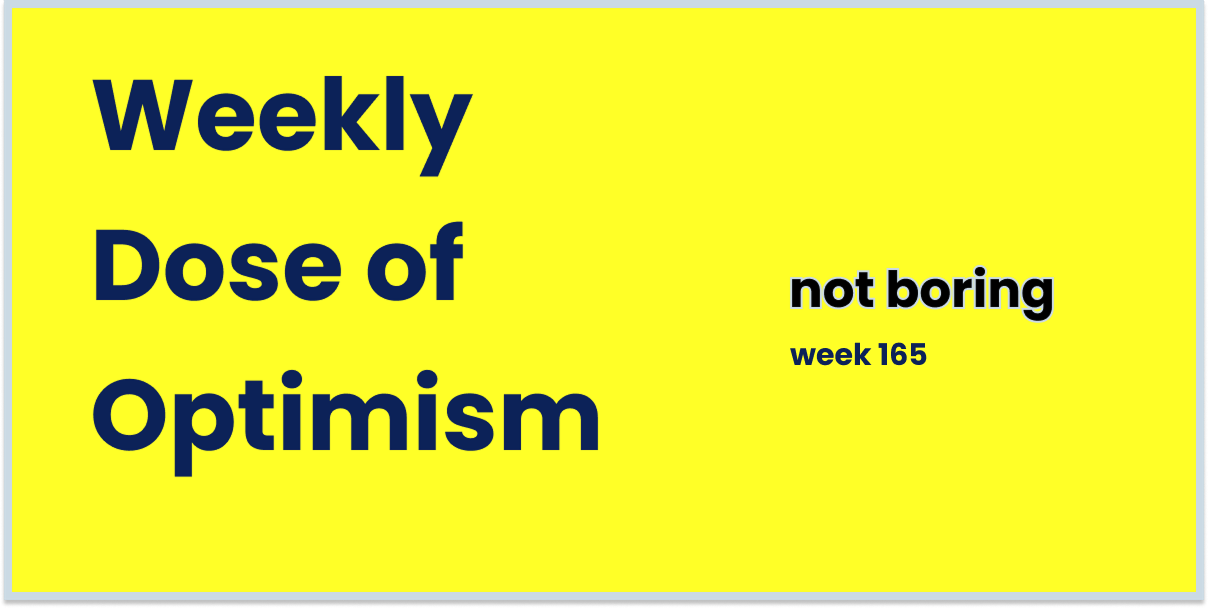

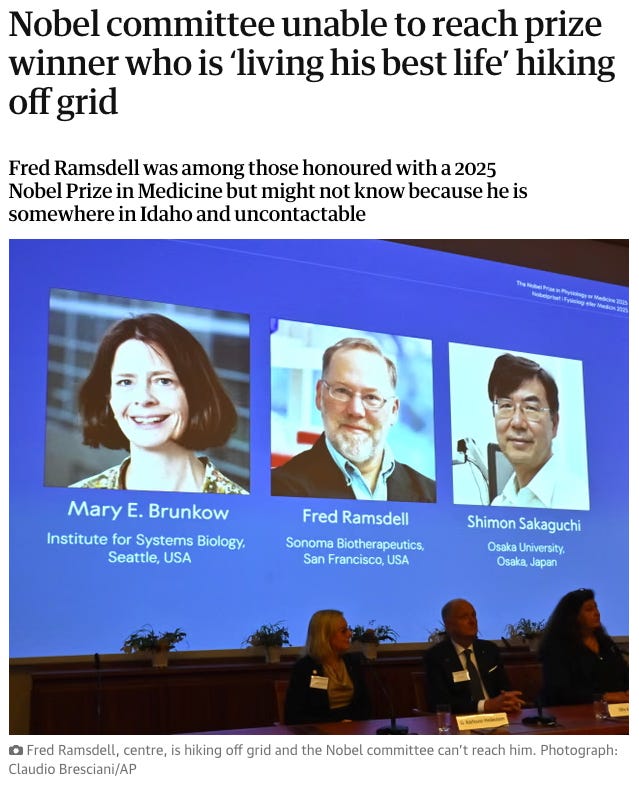
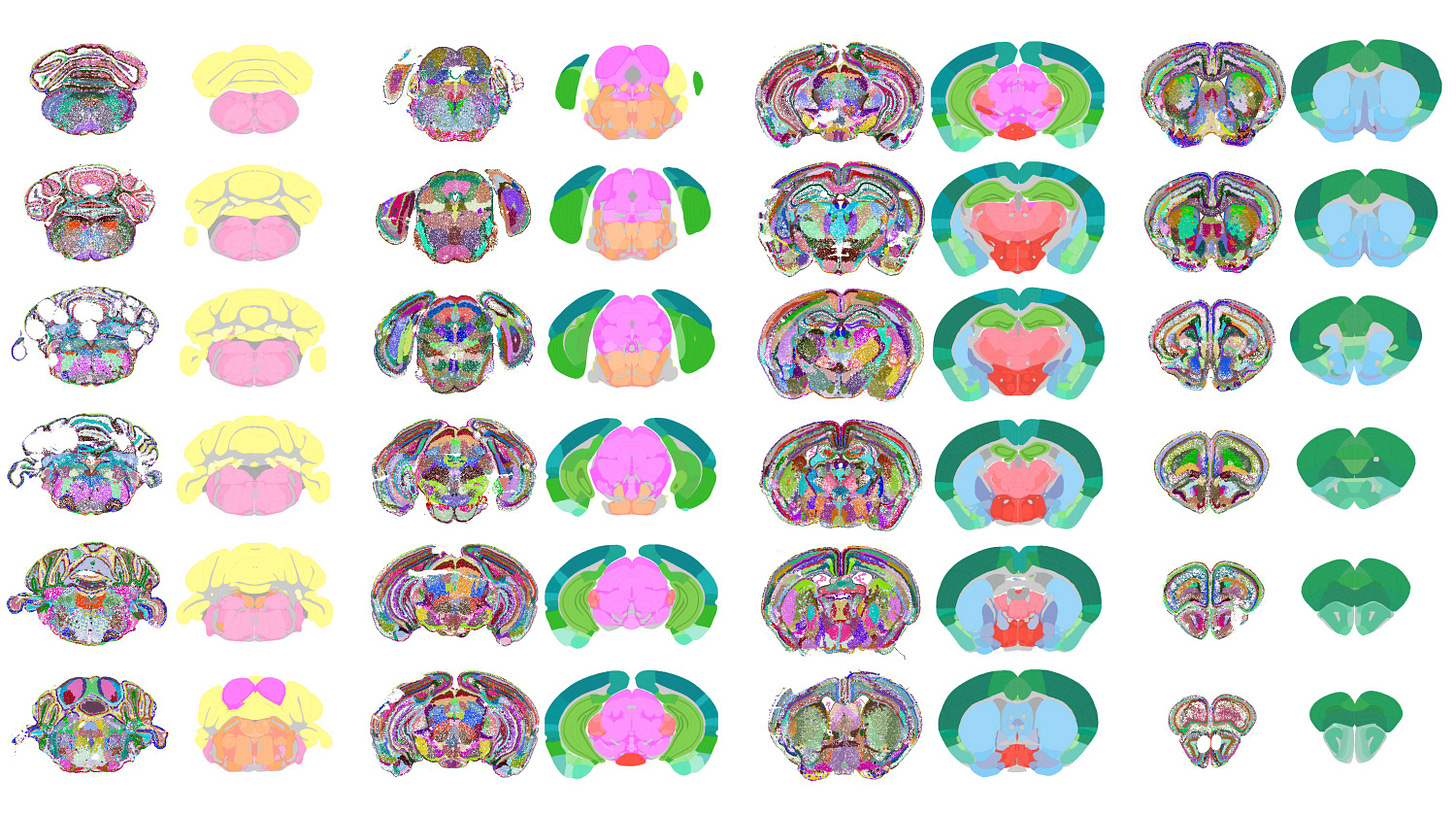
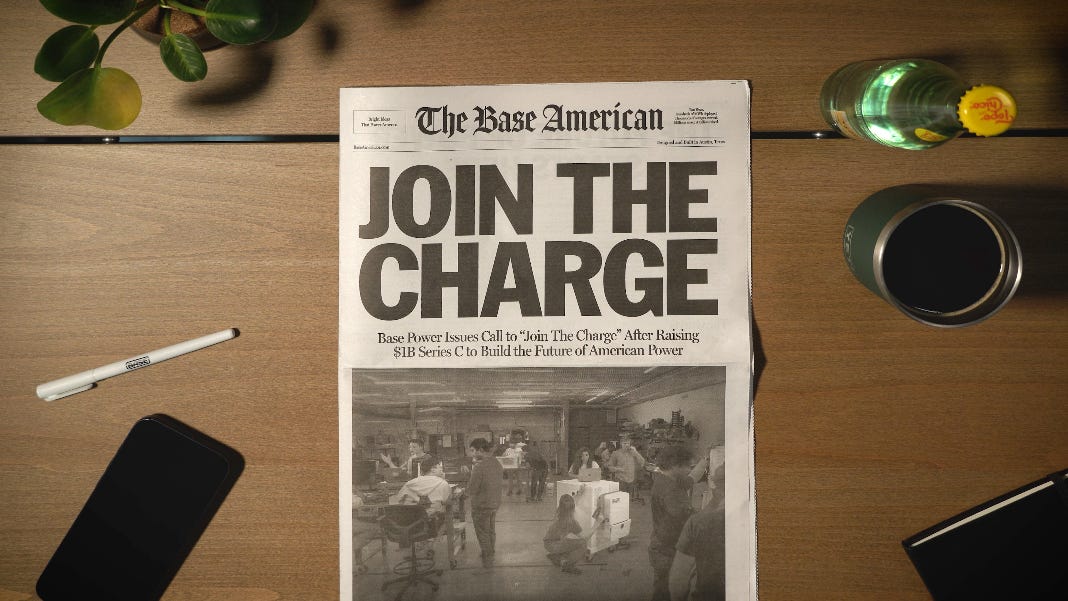
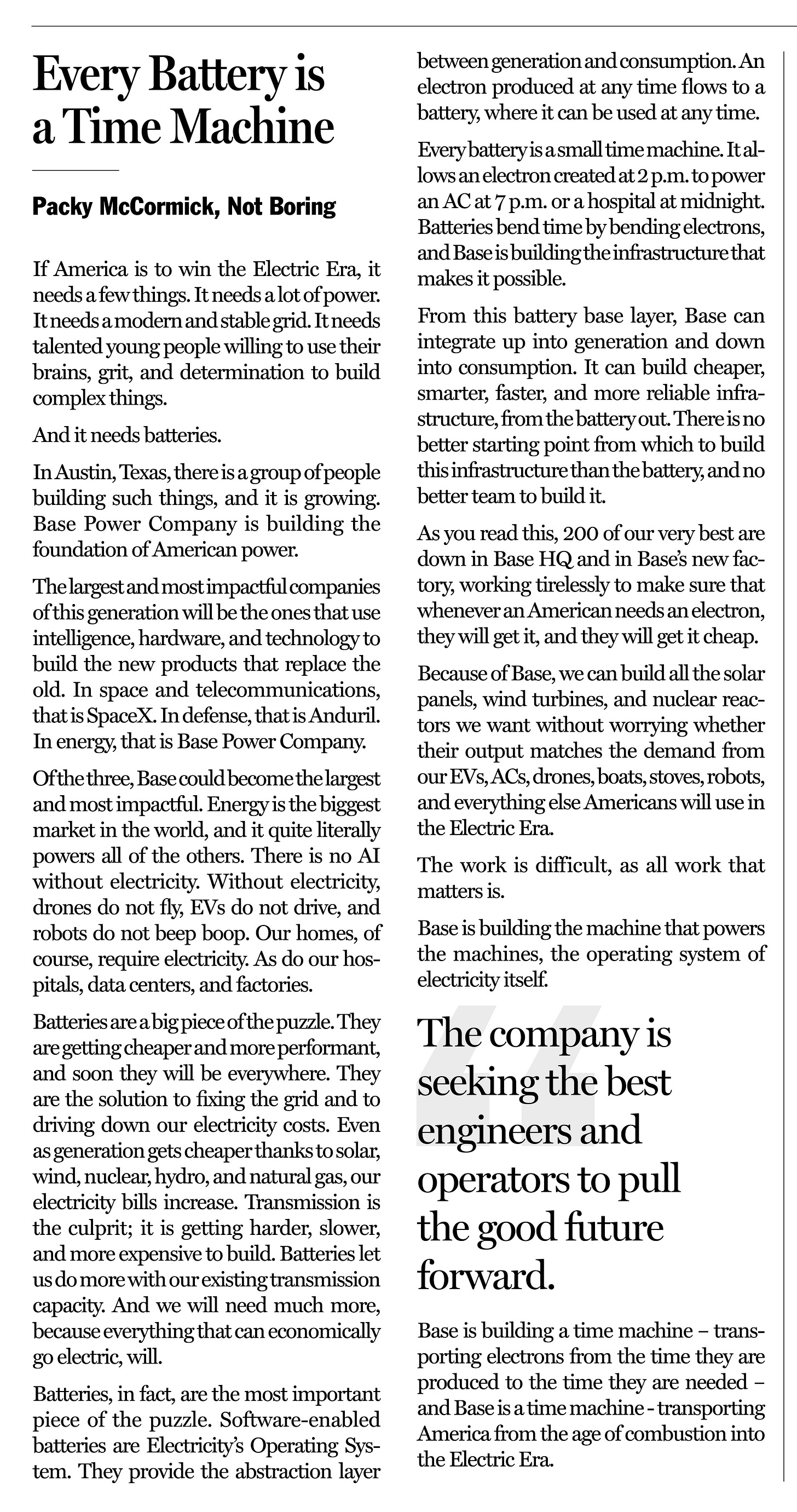
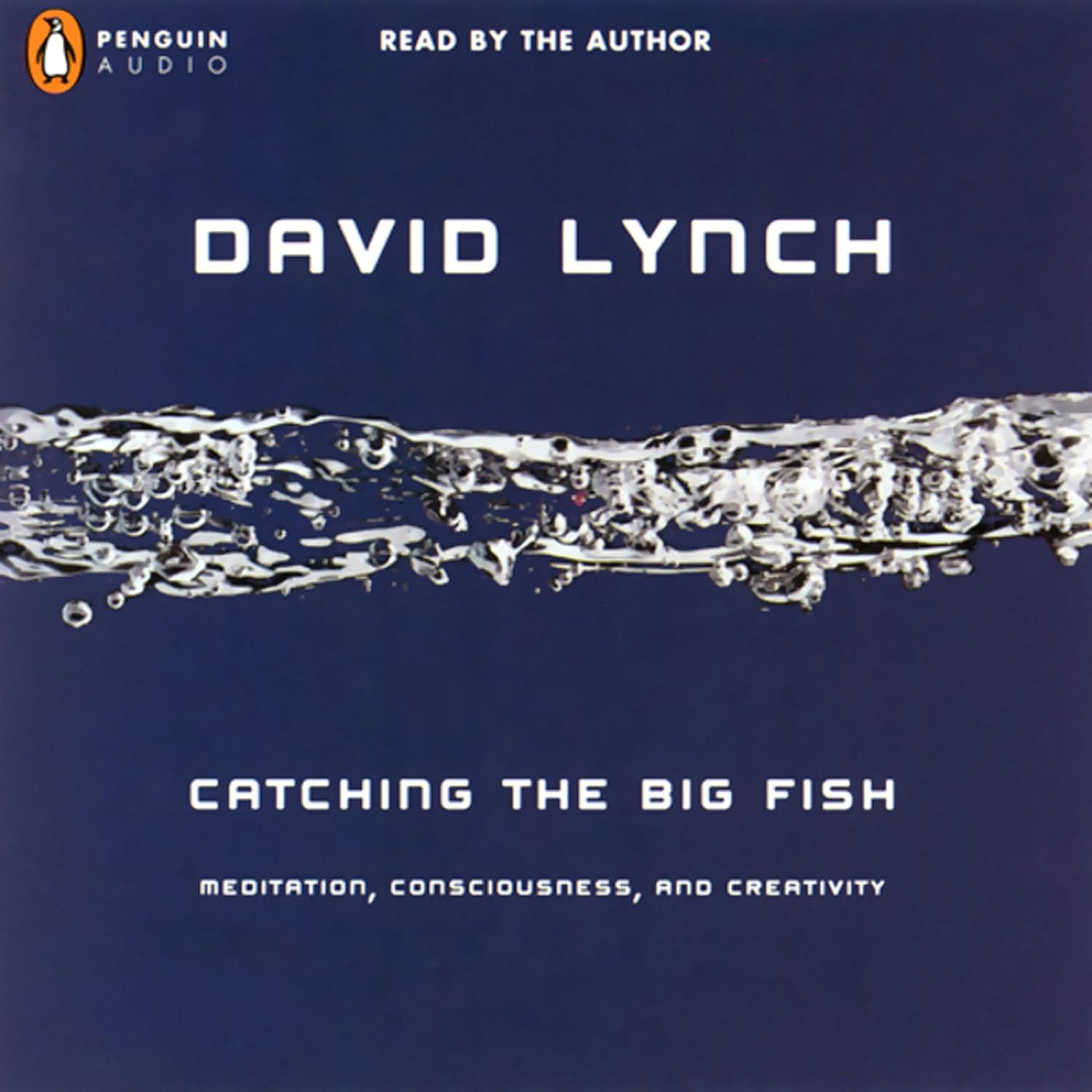
Thank you for this weekly Dose. I really look forward to it and more optimism is needed in the world. Congrats on Create! The dummies are crazy delicious
Dan: Happiness = Independence+Purpose. Happy to know you found all three. Also with you on Packy, executive summaries, because sometimes i have to wait until Saturday to read Optimism and I have used groq to summarize your longer content because 'attention economy'!